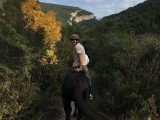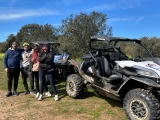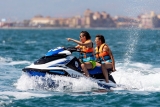
However, it also involves certain risks, and falls among skiers are common. The most frequent injuries tend to be minor bumps and bruises that don't lead to further complications, but there are other types of injuries that can be much more serious if proper precautions aren't taken.
We'll explain the most common skiing injuries and how to prevent them
AND HOW TO PREVENT THEM
- Knees

This typically results from sudden twisting movements that force the knee into rotation, causing immediate sharp pain and making walking impossible.
- Shoulder Injuries

Another frequent injury is clavicle damage, visible as a deformation in the upper shoulder area.
- Hand Injuries
Wrist fractures can also occur from strong, direct impacts during falls.

- Arm Injuries
Other Injuries
While the above are the most typical snow sports injuries, others can occur during practice, including trauma, leg fractures, wrist sprains, and various finger injuries.
HOW TO PREVENT INJURIES
Naturally, a pre-conditioned body is less prone to such injuries, though external factors like snow quality and caution during descents also play significant roles.
As mentioned, a trained body has greater resistance to impacts and falls, though injuries are more likely during the first and last hours of skiing due to muscle warm-up and fatigue near closing time.

Fatigue is another contributing factor, making regular breaks essential to avoid exhaustion. Proper hydration is also highly recommended.
Finally, avoid poor snow conditions whenever possible, particularly in the afternoons. Icy slopes or "mashed potato" snow increase the risk of overexertion and subsequent injury.











